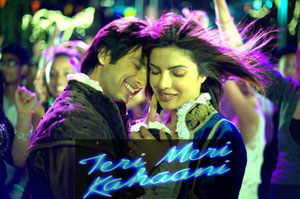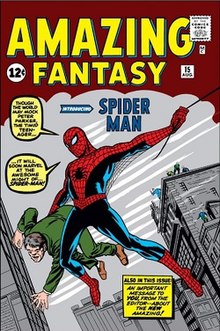Nullsoft Winamp Pro is a fast, flexible, high-fidelity media player for Windows. Winamp supports playback of many audio (MP3, OGG, AAC, WAV, MOD, XM, S3M, IT, MIDI, etc) and video types (AVI, ASF, MPEG, NSV), custom appearances called skins (supporting both classic Winamp 1.x/2.x skins and Winamp 3 freeform skins), audio visualization and audio effect plug-ins (including two industry dominating visualization plug-ins), an advanced media library, Internet radio and TV support, CD ripping, and CD burning.
Winamp Highlights:
• New portable device features – transcoding, new sync options, USB thumbdrive player support, video sync, direct-from-device playback
• Faster ripping
• Improved AAC and aacPlus encoding
• Unicode metadata, filename, and title support
• iTunes-compatible gapless playback (MP3/M4A) and encoding (M4A)
• Optional 24bit playback
• ReplayGain support
Winamp Player Features:
• Plays Music and Video Files (aacPlus, MP3, AAC, WMA and more!)
• Compatible with Winamp 2 Plug-ins
• Full Support for Classic and Modern Skins
• Plays Videos (NSV, WMV, and more!)
• Powerful Media Library
• Browse SHOUTcast Radio & TV Stations
• Browse Winamp Music Videos & Songs
• Integrated AOL Video Content (News, Sports, Movies & more)
• AOL Radio Featuring XM
• SHOUTcast Wire (podcast directory)
• Predixis MusicMagic (dynamic playlisting)
• Bundled Visualizations
• Burn CDs (Limited to 2x – 48x in Pro!)
• Rips CDs (Limited to 8x aacPlus, AAC, WMA – Unlimited aacPlus, AAC, WMA and MP3 in Pro!)
• 50 free mp3s from Emusic
• Includes Winner of the Internet
• Surround Music Project!
• Includes an MP3 of ‘Mercy Me’ by Alkaline Trio
• Rip/Encode music into aacPlus, AAC, WMA, or MP3!
• Burn CDs up to 48x!
• Plays Music and Video Files (aacPlus, MP3, AAC, WMA and more!)
• Compatible with Winamp 2 Plug-ins
• Full Support for Classic and Modern Skins
• Plays Videos (NSV, WMV, and more!)
• Powerful Media Library
• Browse SHOUTcast Radio & TV Stations
• Browse Winamp Music Videos & Songs
• Integrated AOL Video Content (News, Sports, Movies & more)
• AOL Radio Featuring XM
• SHOUTcast Wire (podcast directory)
• Predixis MusicMagic (dynamic playlisting)
• Bundled Visualizations
• Burn CDs (Limited to 2x – 48x in Pro!)
• Rips CDs (Limited to 8x aacPlus, AAC, WMA – Unlimited aacPlus, AAC, WMA and MP3 in Pro!)
• 50 free mp3s from Emusic
• Includes Winner of the Internet
• Surround Music Project!
• Includes an MP3 of ‘Mercy Me’ by Alkaline Trio
• Rip/Encode music into aacPlus, AAC, WMA, or MP3!
• Burn CDs up to 48x!
As Always Winamp also features:
• Now Playing: Discover Artist Songs, Videos, Radio and Photos
• iPod Support: Play and manage music on your iPod
• AOL Radio Online Service Powered by CBS Radio
• Album Art: Retrieve and view Album Art
• Expanded Flash video support
• Auto-Tag: Automatically update your song information
• Media Monitor: Playing the music web just got even better
• Remote Media: Access your media remotely
• Thousands of skins and plug-ins to make Winamp even better
• Free videos, radio stations, MP3 downloads and more
• Now Playing: Discover Artist Songs, Videos, Radio and Photos
• iPod Support: Play and manage music on your iPod
• AOL Radio Online Service Powered by CBS Radio
• Album Art: Retrieve and view Album Art
• Expanded Flash video support
• Auto-Tag: Automatically update your song information
• Media Monitor: Playing the music web just got even better
• Remote Media: Access your media remotely
• Thousands of skins and plug-ins to make Winamp even better
• Free videos, radio stations, MP3 downloads and more
TO DOWNLOAD-








